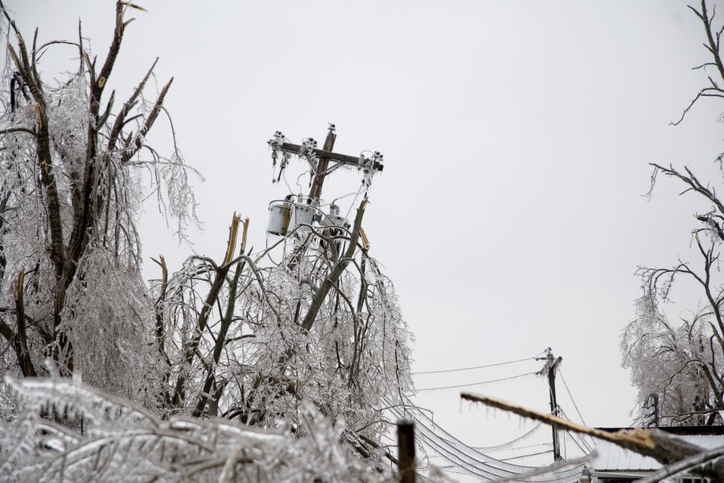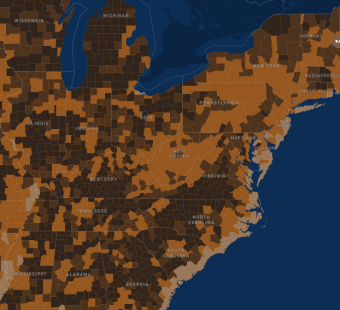
Texas Winter Storm Costs Raise Extreme Weather Flags for States, Localities
Jeff Dunsavage, Senior Research Analyst, Triple-I
03/1/21
Last month’s winter storm that left dozens of Texans dead, millions without power, and nearly 15 million with water issues could wind up being the costliest disaster in state history.
Disaster-modeling firm AIR Worldwide says claims volume will likely be significant and, with average claims severity values of $15,000 for residential risks and $30,000 for commercial risks, insured losses “appear likely to exceed $10 billion.”
AIR says several variables could drive the loss well above that amount, including:
- A higher-than-expected rate of claims among those risks affected by prolonged power outage,
- Whether utility service interruption coverages pay out;
- Larger-than-expected impacts from demand surge,
- Government intervention, and
- Whether claims related to mold damage start to emerge as a significant source of loss.
FitchRatings says the widespread scale and claims volume of the event could drive ultimate insured losses as high as $20 billion. For context, the state’s insured losses related to Hurricane Harvey were about $20 billion, according to the Texas Department of Insurance. The deadly 2017 hurricane devastated the Gulf Coast region. Last month’s winter storm affected every region of the state.
“All 254 counties will have been impacted in some way by the freeze,” said Lee Loftis, director of government affairs for the Independent Insurance Agents of Texas. “That is just unheard of.”
All Texas counties have received state disaster declarations by Gov. Greg Abbott, opening them up to additional state assistance. But many rural counties are currently excluded from President Biden’s major disaster declaration.
State and local officials say the federal government moved swiftly to approve declarations for 108 counties and that more are likely coming as reports of damage mount. Eighteen of the state’s 20 most populous counties were included in the declarations. But for the 146 counties — many of them rural — the wait is nerve wracking.
Officials say it’s because those counties lack data on damages. Nim Kidd, chief of the Texas Division of Emergency Management, said the state is urging residents to report their property damage through an online damage assessment tool. State officials will report that damage to FEMA in hopes it will lead to more counties being added to the major disaster declaration.
Earl Armstrong, a FEMA spokesperson, said in a statement to the Texas Tribune that homeowners and renters who don’t live in a disaster-designated county should file a claim with their insurer, document damage to their home from the storm, and keep receipts for all expenses related to repairs.
Anomalous as the Texas winter storm may have been, it is a salient data point that all states and municipalities should take to heart in their disaster planning. In December, FEMA proposed “substantively” revising the “estimated cost of assistance” factor the agency uses to review governors’ requests for a federal disaster declaration to “more accurately assess the disaster response capabilities” of the states, District of Columbia and U.S. territories.
In other words, the federal government will likely ask states and municipalities to shoulder more of the cost of recovering from natural catastrophes – making it even more important for every state to prepare for and insure against events that might have seemed unthinkable not so long ago.
And as Texas and other affected states recover, they still have 2021’s severe convective storm and hurricane seasons ahead of them.



